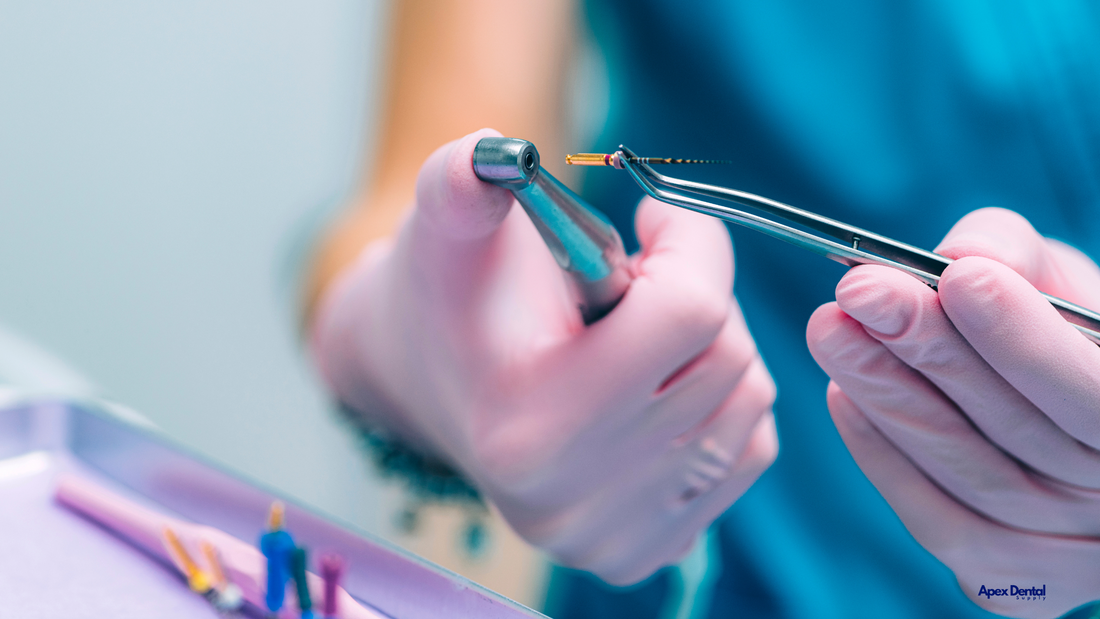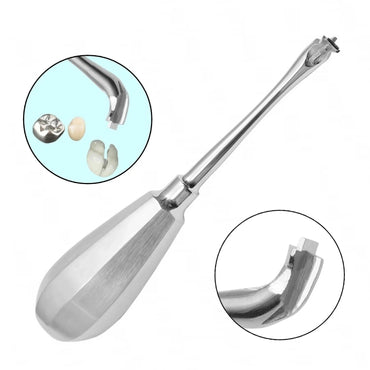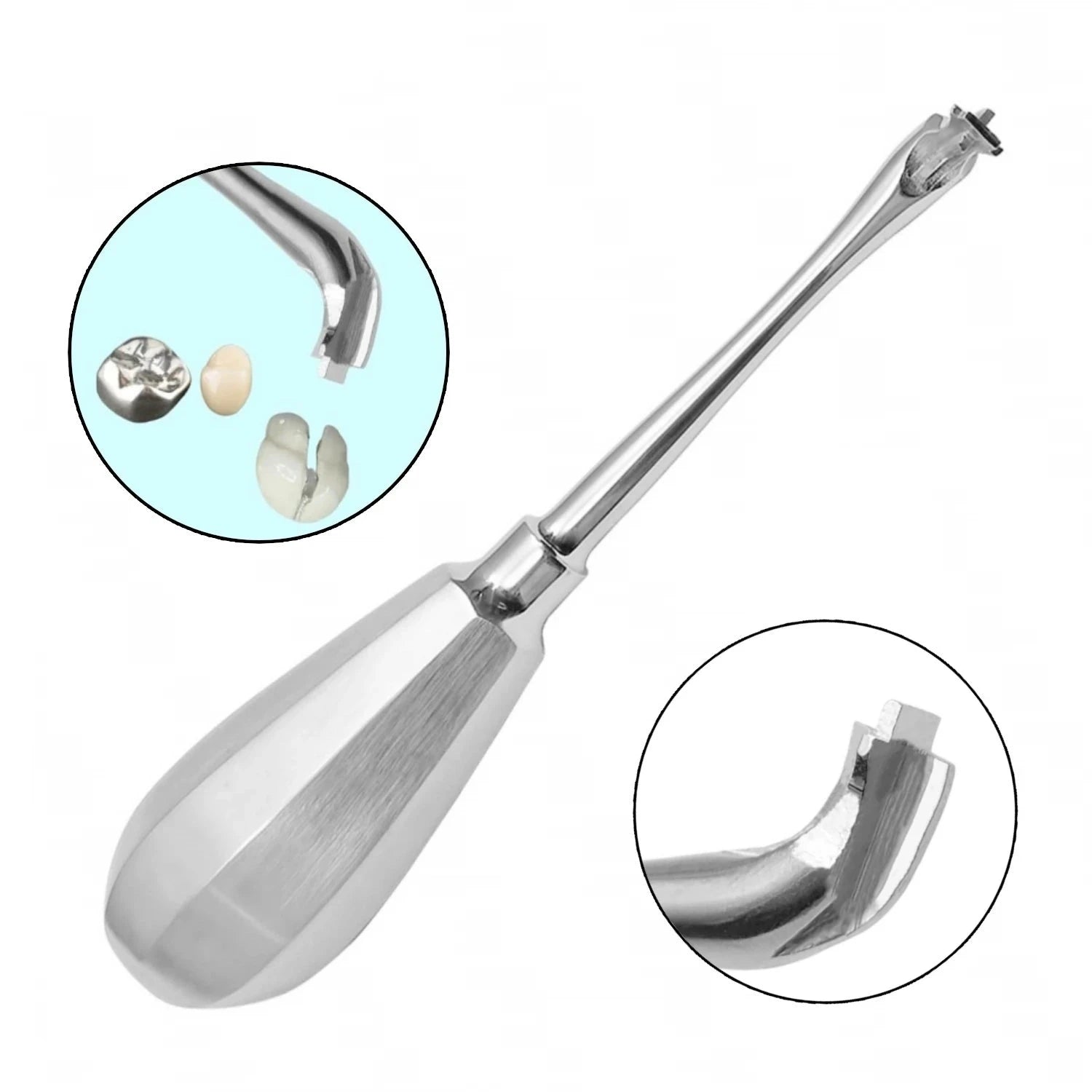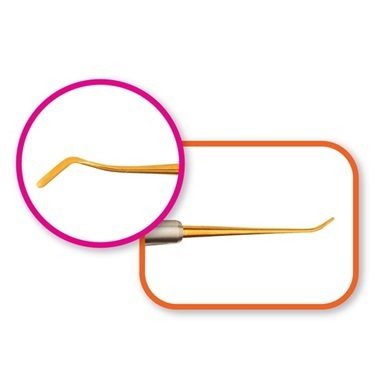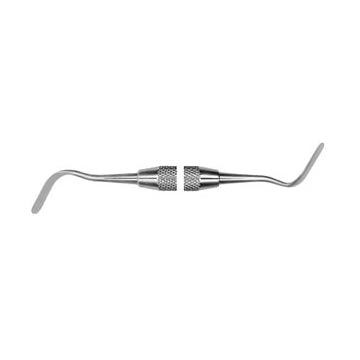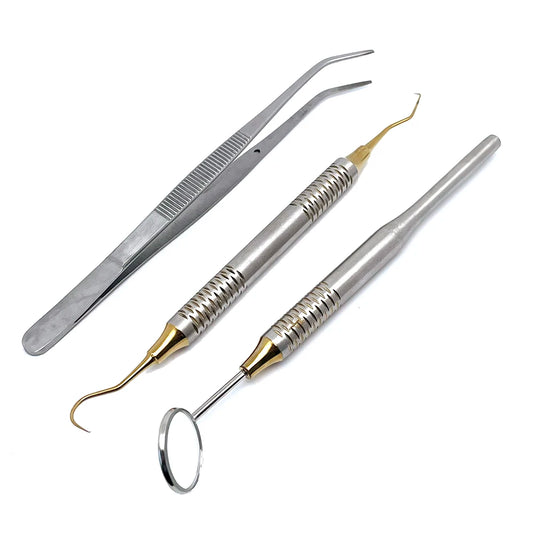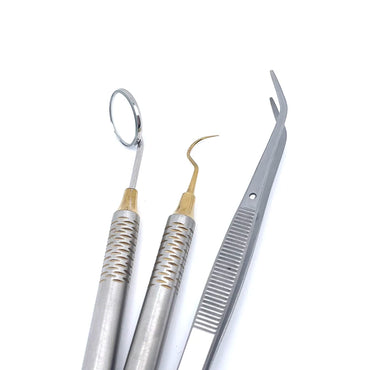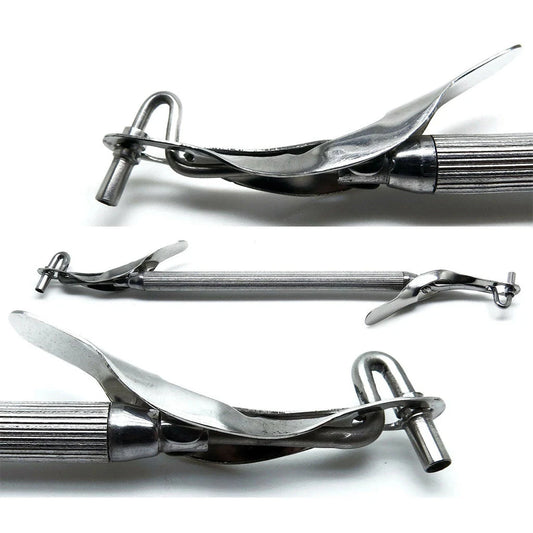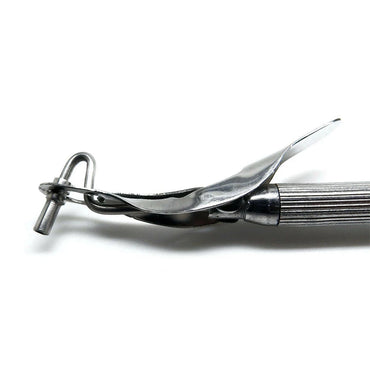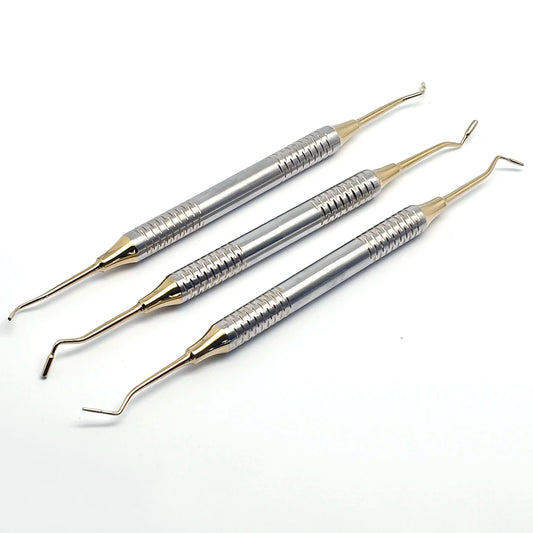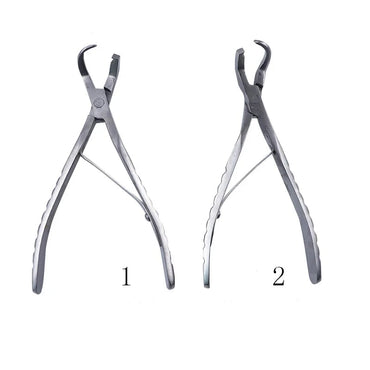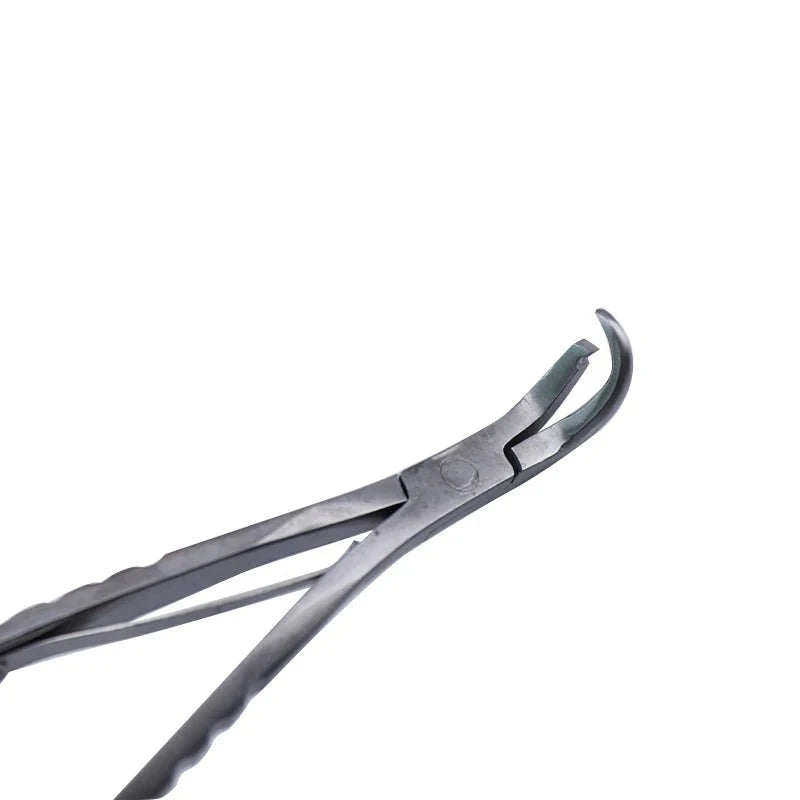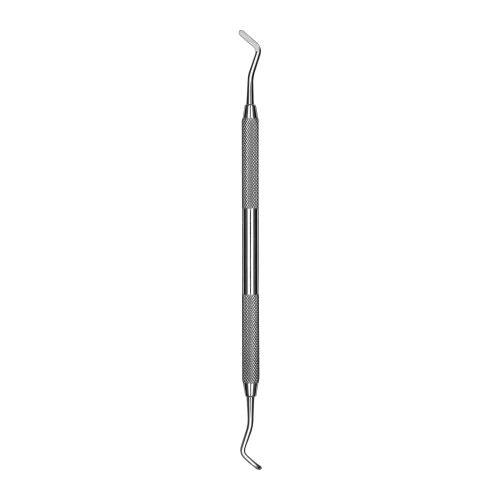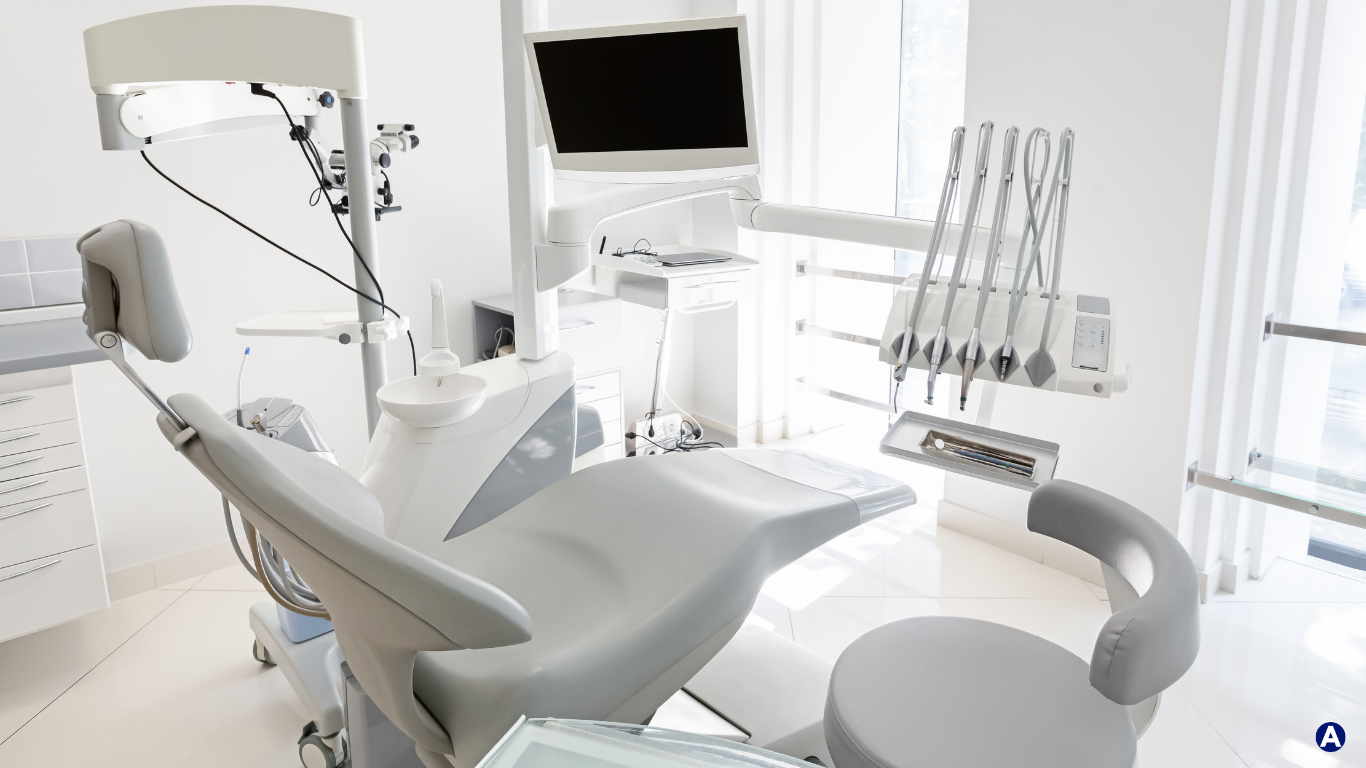Understanding Bioceramic Sealers
Bioceramic sealers are a class of root canal sealers that utilize biocompatible ceramic-based materials. Composed mainly of calcium silicates, calcium phosphates, and zirconium oxide, these sealers are engineered to provide superior sealing properties and promote healing. Unlike traditional sealers, such as zinc oxide-eugenol or resin-based sealers, bioceramic sealers exhibit bioactivity, meaning they can interact positively with the surrounding tissues to encourage regeneration and repair (Atmeh et al. 2017).
Advantages of Bioceramic Sealers
Biocompatibility
One of the most significant benefits of bioceramic sealers is their biocompatibility. Traditional sealers often induce mild inflammatory responses in periapical tissues, which can hinder healing. In contrast, bioceramic sealers promote a favorable biological response, minimizing inflammation and enhancing the healing process (Zhou et al. 2015).
Superior Sealing Ability
Root canal therapy success relies heavily on achieving an airtight seal to prevent bacterial recontamination. Bioceramic sealers excel in this area due to their ability to bond chemically with dentin and form hydroxyapatite when they come into contact with tissue fluids. This property significantly reduces the risk of microleakage and ensures a long-lasting seal (Camilleri et al. 2014).
Antibacterial Properties
Another advantage of bioceramic sealers is their inherent antibacterial activity. Their high pH levels create an unfavorable environment for bacterial growth, reducing the likelihood of persistent infections. This antibacterial effect is particularly beneficial in cases with complex root canal anatomy, where complete disinfection can be challenging (Tanomaru-Filho et al. 2012).
Bioactivity and Regeneration
Unlike traditional sealers, which are primarily inert, bioceramic sealers actively promote tissue regeneration. They encourage the deposition of mineralized tissue and can even contribute to the closure of small apical openings, fostering an environment conducive to healing (Shokouhinejad et al. 2011).
Ease of Use
Bioceramic sealers are user-friendly, as they can be applied in a single-step obturation process. Their versatility allows them to be used with various obturation techniques, including cold lateral compaction and warm vertical condensation, making them an attractive choice for clinicians.
Limitations of Bioceramic Sealers
Despite their many advantages, bioceramic sealers are not without limitations. High costs, limited long-term clinical data, and handling challenges are some of the drawbacks associated with these materials.
Cost
One of the primary barriers to the widespread adoption of bioceramic sealers is their cost. These materials are significantly more expensive than traditional sealers, which can deter some practitioners from incorporating them into their practice. However, proponents argue that the improved clinical outcomes may justify the higher initial investment.
Limited Long-Term Data
Although numerous studies have demonstrated the short- to medium-term efficacy of bioceramic sealers, long-term clinical trials are still lacking. As with any emerging technology, more extensive research is needed to validate their performance over decades (Atmeh et al. 2017).
Handling Properties
Some clinicians report that bioceramic sealers can be challenging to handle, particularly in terms of flowability and cleanup. These issues may require adjustments to standard operating protocols, which could be a barrier for those accustomed to traditional sealers.
The Future of Endodontics
The potential of bioceramic sealers to transform endodontics cannot be overstated. As technology continues to evolve, these materials are likely to become more accessible and user-friendly. Manufacturers are actively working to address current limitations, such as cost and handling challenges, which could pave the way for broader adoption.
Moreover, the trend toward minimally invasive dentistry aligns well with the properties of bioceramic sealers. Their bioactivity and ability to promote tissue regeneration make them a perfect fit for techniques that aim to preserve as much natural tooth structure as possible.
Integration with Digital Dentistry
The integration of bioceramic sealers with digital dentistry tools, such as 3D imaging and computer-aided design, could further enhance their application. For instance, precise imaging can help clinicians identify areas where the bioactivity of bioceramic sealers would be most beneficial, enabling more targeted and effective treatments.
Education and Training
To fully realize the potential of bioceramic sealers, dental education must prioritize training on their use. Workshops, webinars, and hands-on courses can equip clinicians with the skills needed to maximize the benefits of these advanced materials.
Bioceramic sealers represent a significant step forward in endodontics, offering numerous advantages over traditional sealers. Their biocompatibility, superior sealing ability, antibacterial properties, and bioactivity position them as a powerful tool in the clinician's arsenal. While challenges such as cost and limited long-term data remain, ongoing research and technological advancements are likely to address these issues.
As the dental community continues to prioritize patient-centered care and minimally invasive techniques, bioceramic sealers are poised to play a pivotal role in the future of endodontics. By embracing this innovation, practitioners can enhance treatment outcomes, improve patient satisfaction, and contribute to the advancement of dental science.


